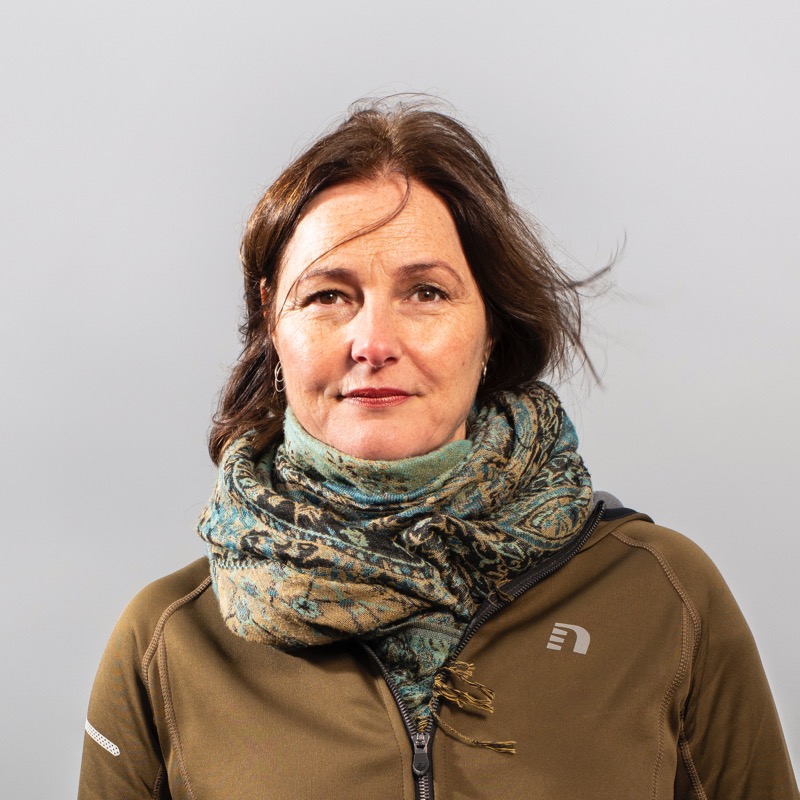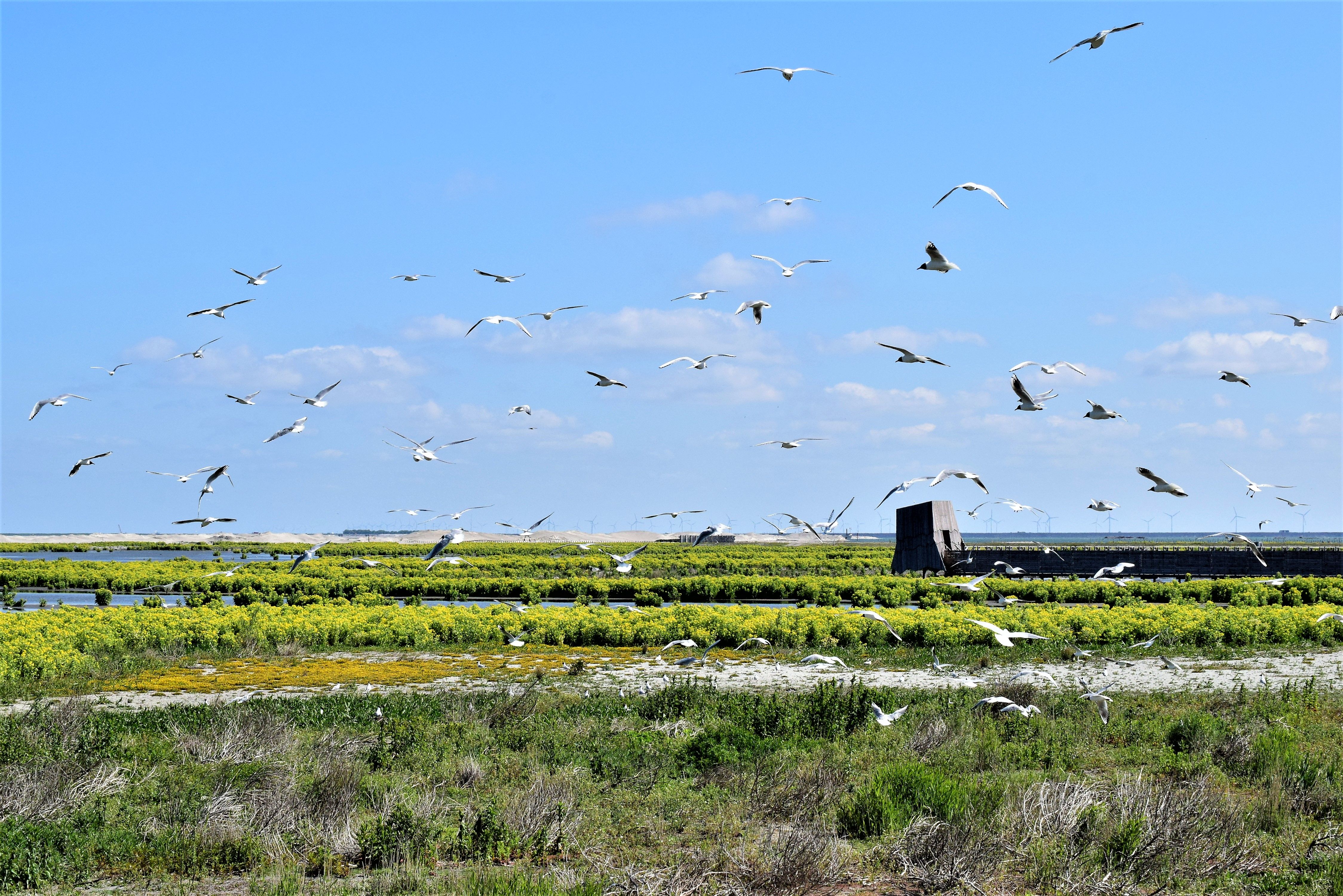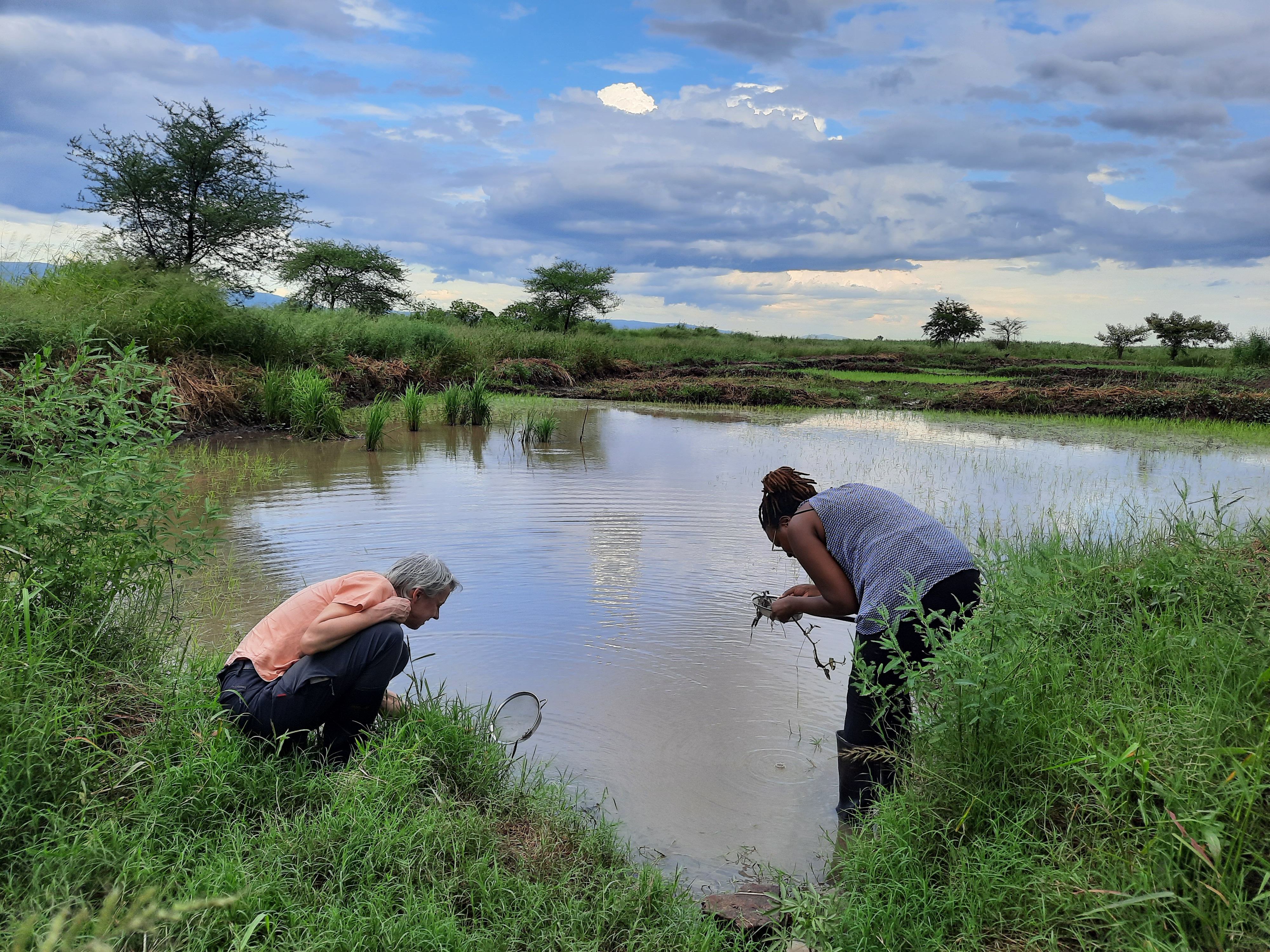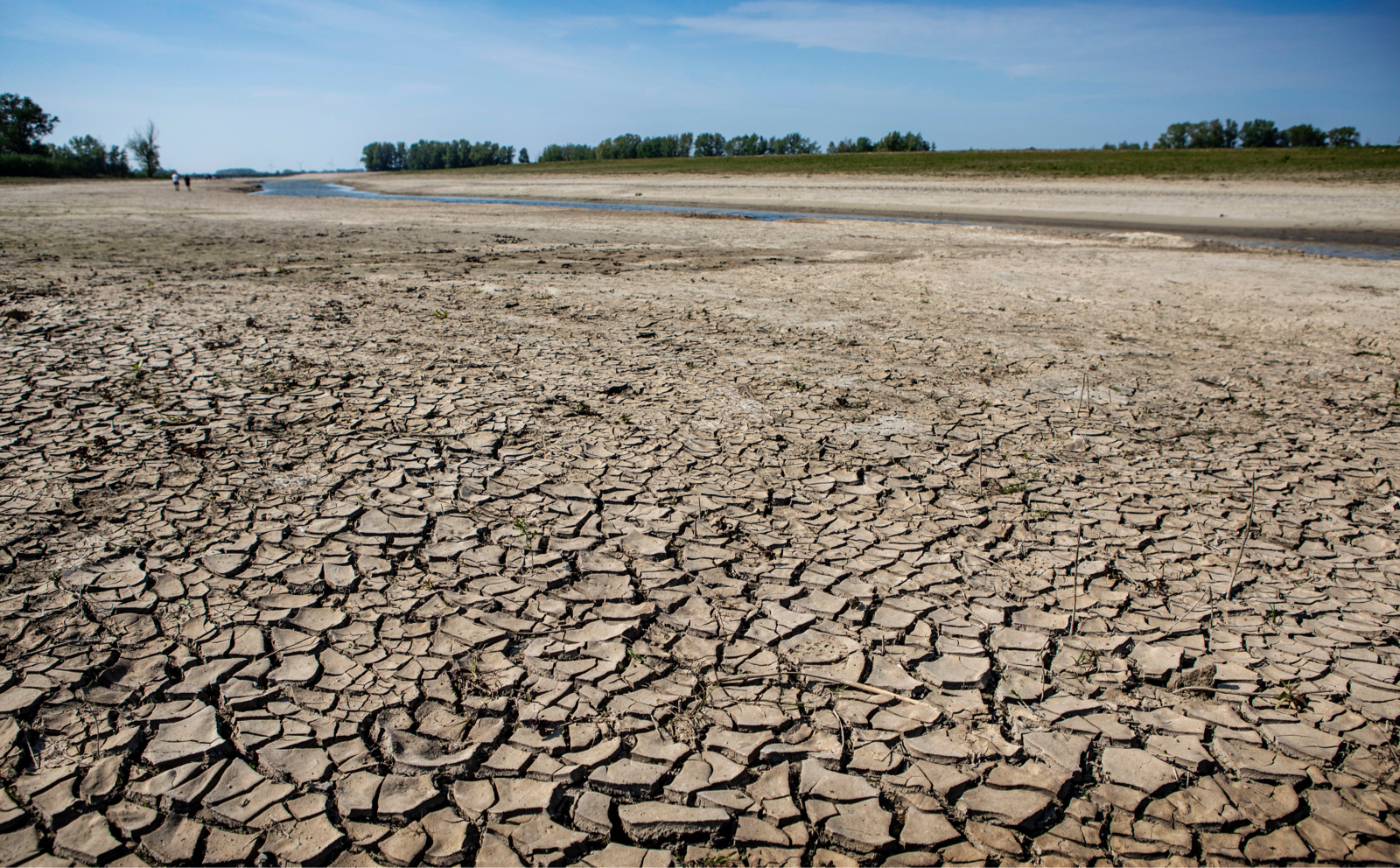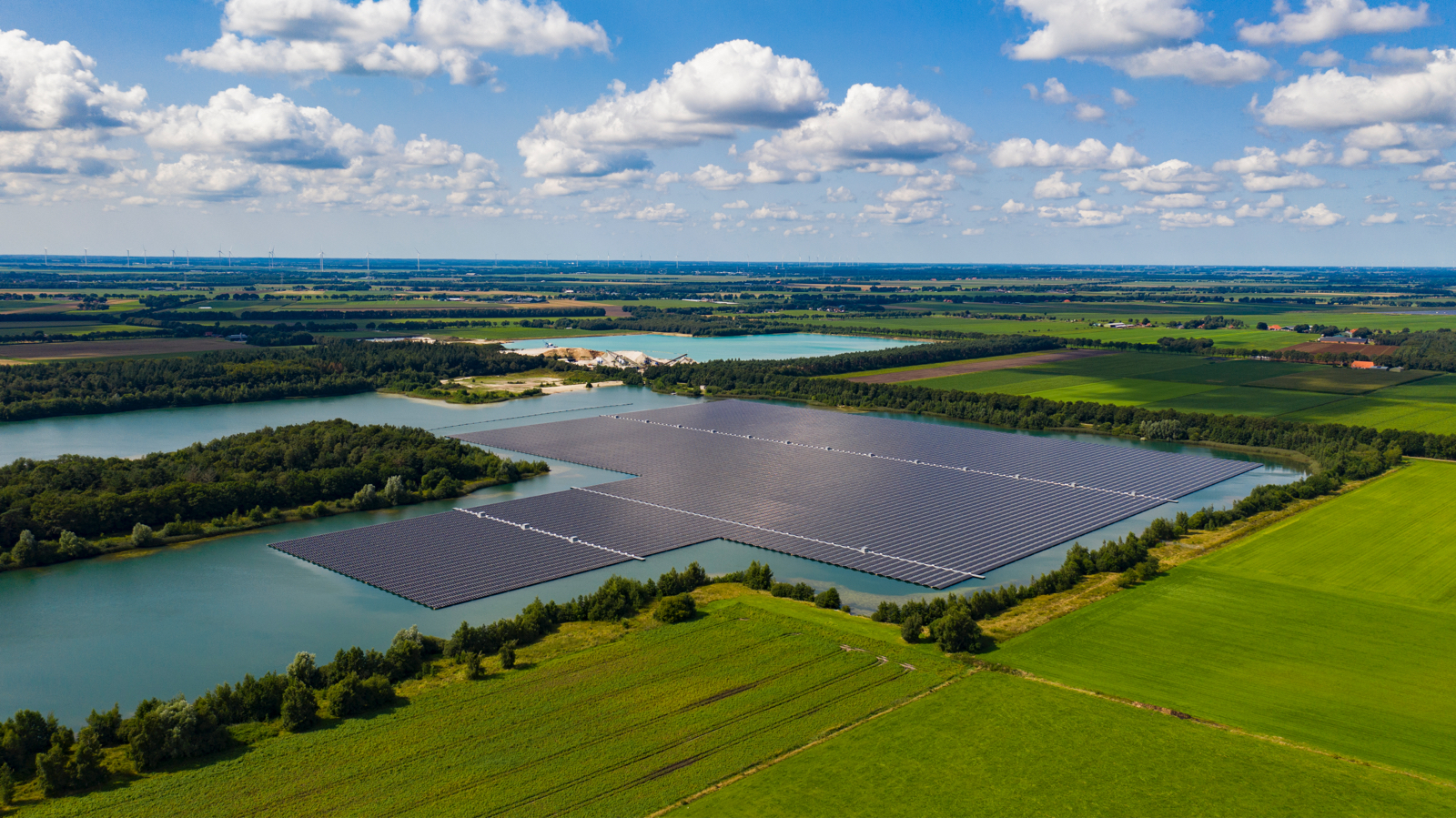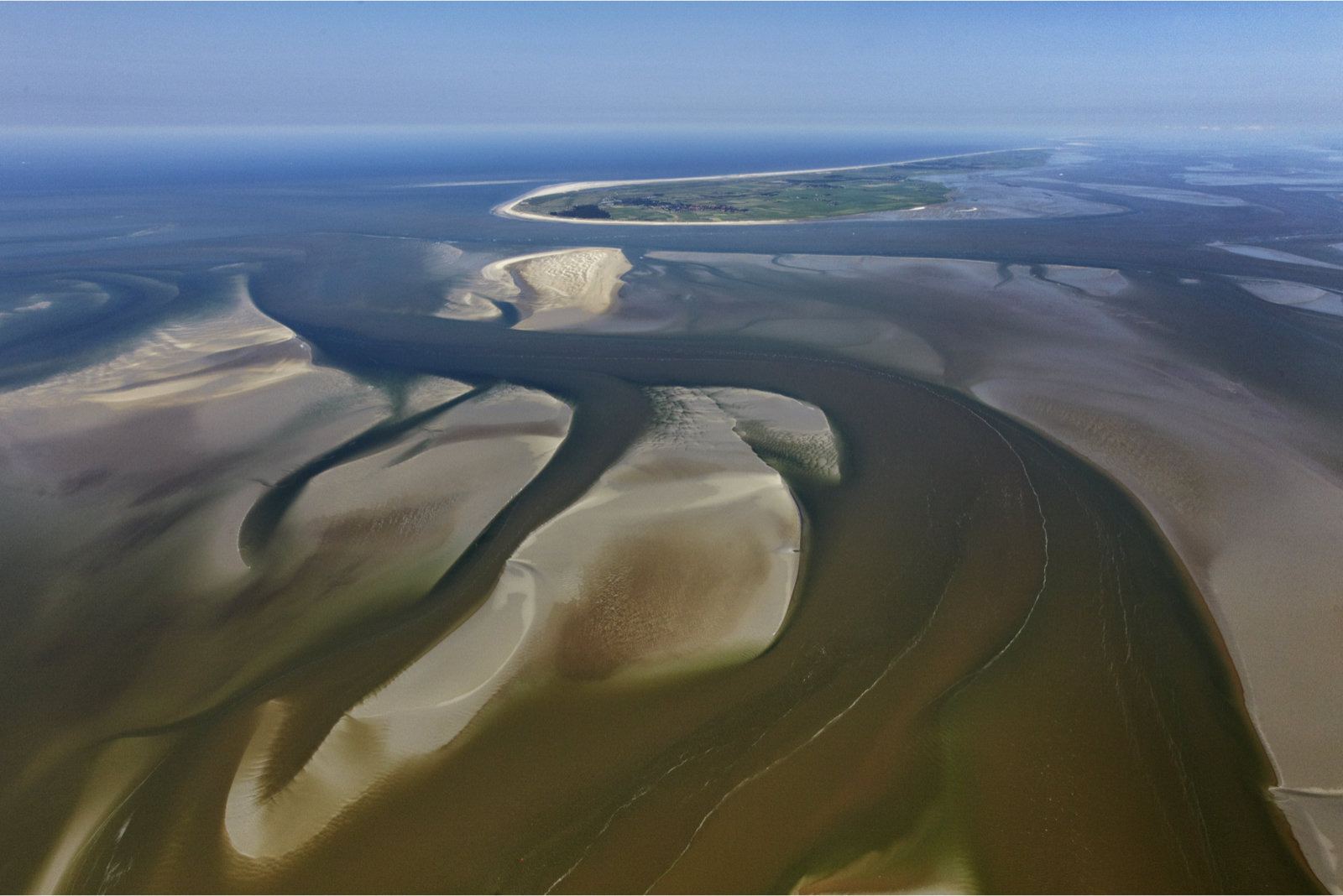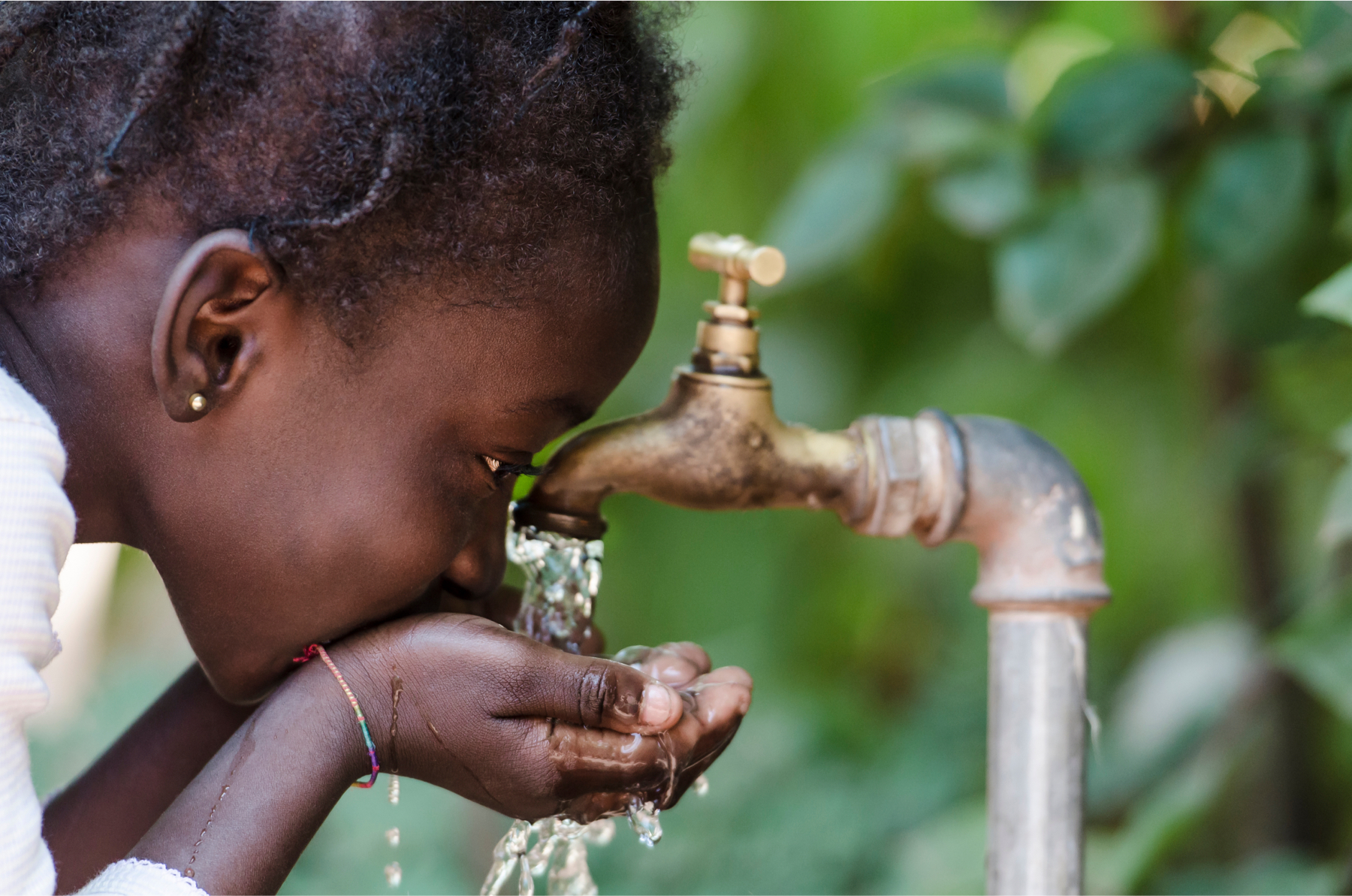Natuurmonumenten - Dirk Wijnen
Bending the biodiversity curve
Human life depends on biodiversity: it supports human and societal needs, including food and nutrition security, energy, the development of medicines and freshwater supplies. However, biodiversity is declining rapidly. According to the World Economic Forum the largest overall decline (83%) is in freshwater populations. Despite ongoing efforts, biodiversity is projected to worsen with business-as-usual scenarios. Nature-inclusive designs and nature-based solutions provide solutions that benefit both human well-being and biodiversity.
Biodiversity is more than just the number of species: ecosystem and genetic diversity are also part of the picture. The conditions in lakes, rivers, coasts, and seas are crucial. Deltares has the software, research resources and expert knowledge to quantify the conditions – water depth, currents, morphology, salinity, temperature, pollution and groundwater levels – that drive ecosystem functioning, including feedback mechanisms with biological processes. Deltares projects are designed to demonstrate the impact on biodiversity and devise approaches with a positive or mitigating effect. For example, we talk to colleagues and clients about combining protection for fresh water or people living in delta areas in order to improve biodiversity as well. We also look at how nature-based solutions can work as suitable alternatives or be added on to more traditional solutions.
Biodiversity Framework
To facilitate those discussions, Deltares has developed a framework for evaluating the impact of Deltares projects on three items: the connectivity between habitats, the disturbance of flora and fauna, and water or soil pollution with chemical substances or building materials. With a set of relevant questions and the help of an ecologist, any hydraulic or geotechnical engineer can make an initial assessment of the impact of a project on biodiversity. Appropriate mitigation measures or biodiversity-sensitive alternatives can then be proposed. We evaluated several engineering projects in this way, demonstrating that the framework is an effective way of establishing a meaningful dialogue between engineers and ecologists. Those projects covered hydraulic infrastructure designed to protect people in delta areas, a cable burial project in the North Sea or the inclusion of biodiversity in dike maintenance operations.
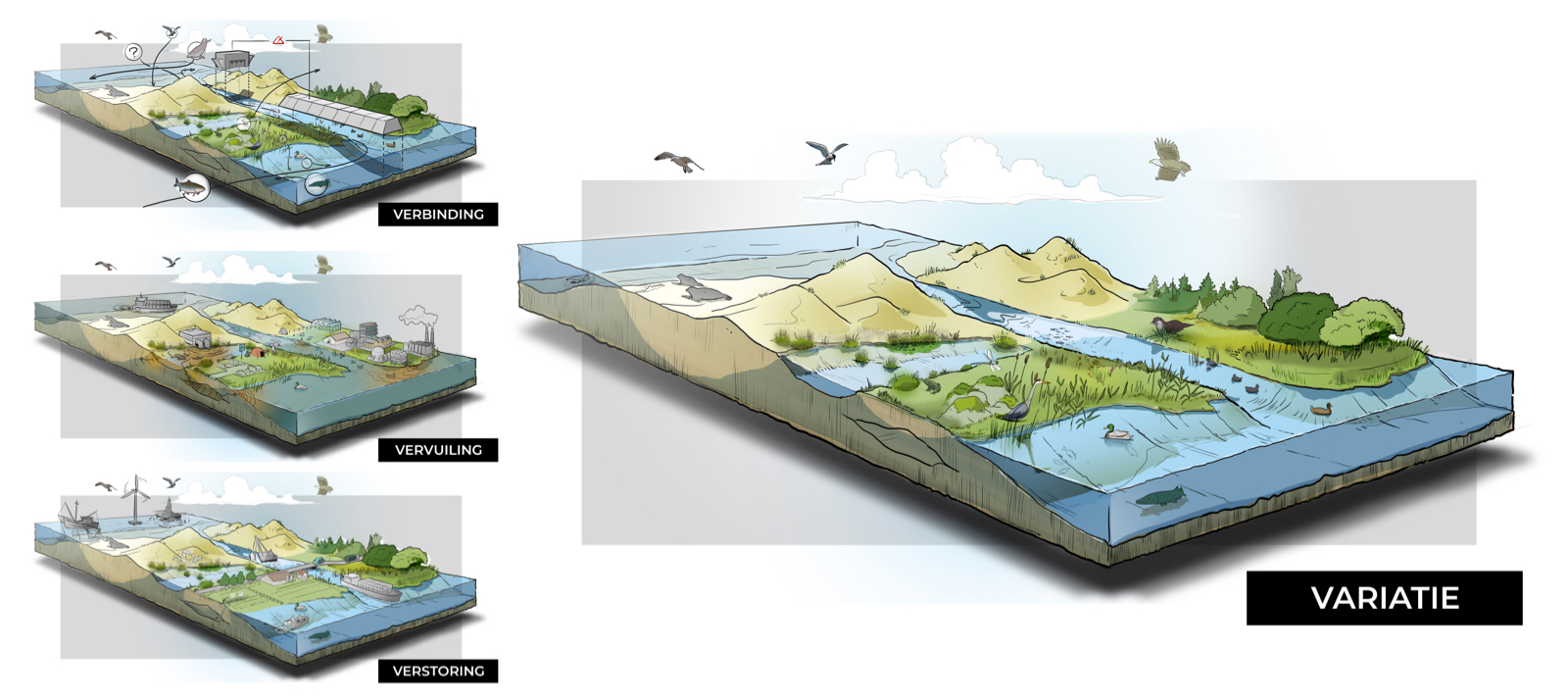
Biodiversity framework
'Projects might intervene with aspects that determine biodiversity. We need to consider the biodiversity implications of our work.'
Sacha de Rijk, Expert Freshwater Ecology and Water Quality

Biodiversity tools
We are working on tools and approaches to understand ecosystem functioning better. That includes quantifying biodiversity losses and gains caused by spatial interventions in water and soil systems. As part of this effort, Deltares is upgrading the HABITAT software into a flexible spatial evaluation tool: D-Eco Impact. This tool allows us to assess the ecological impact of projects rapidly with a variety of combined data sources (e.g. models, measurements or satellites), where possible drawing on pre-existing ecological knowledge. The tool allows the user to define the complexity and detail of the data sources, and the ecological knowledge rules used in the assessment. By using data cubes for input data and a predefined input standard for tool operation, this approach adheres to the Interoperable and Reusable components of the FAIR data standard. The calculations supported by this tool can form the basis for more detailed assessment frameworks such as REACT. These tools are currently being tested and are becoming available for co-creation with strategic partners.
External references
Deltares contributions to projects related to biodiversity include:
MERLIN
RESTcoast
Obama-Next
EuropaBon.org

